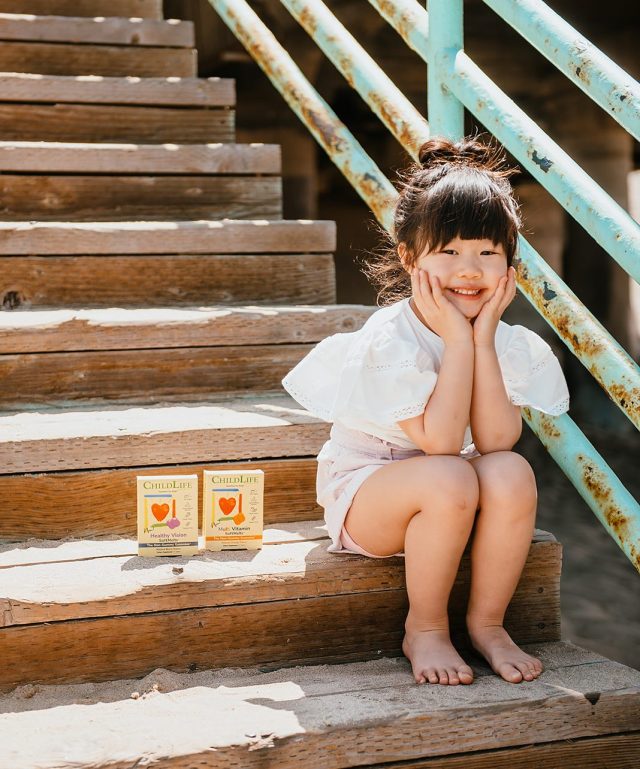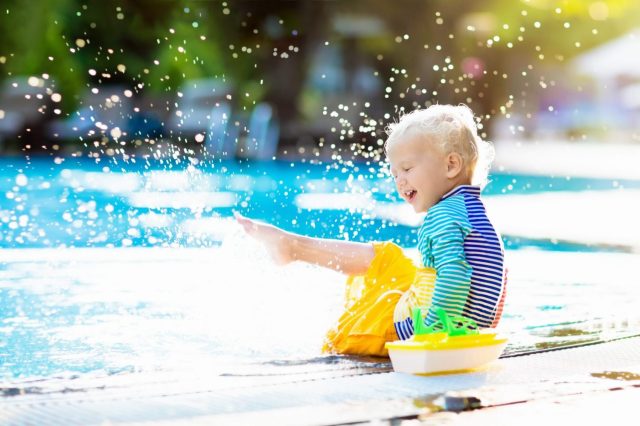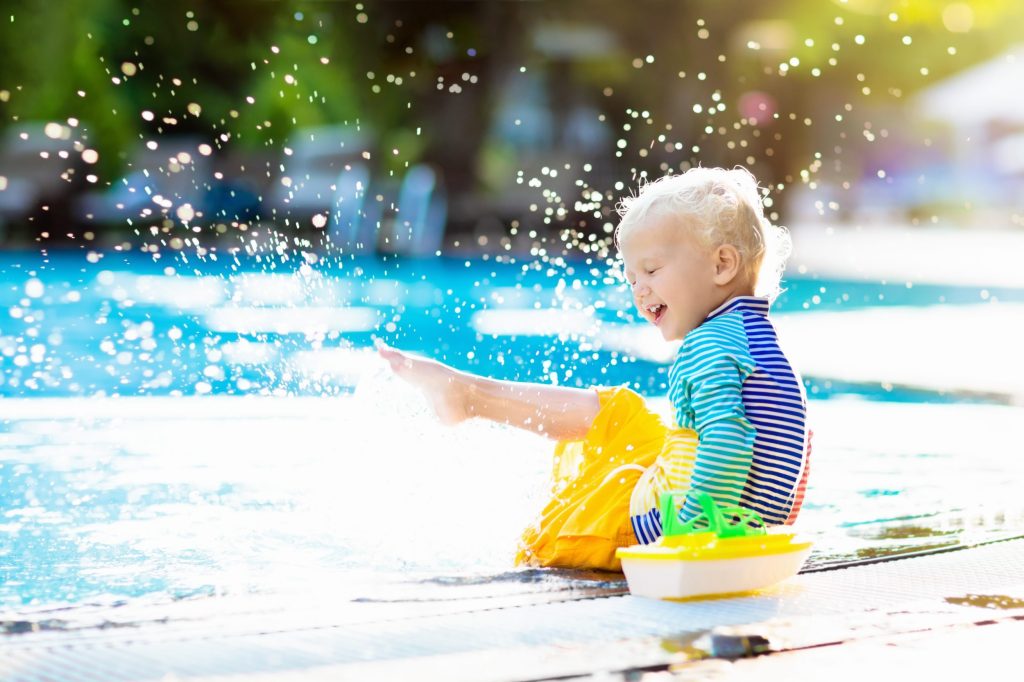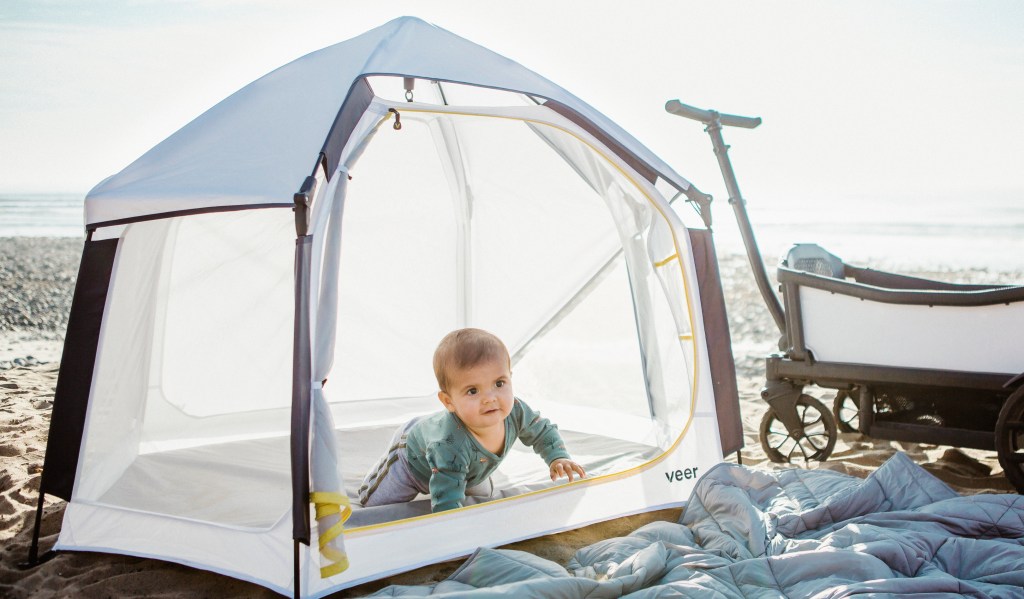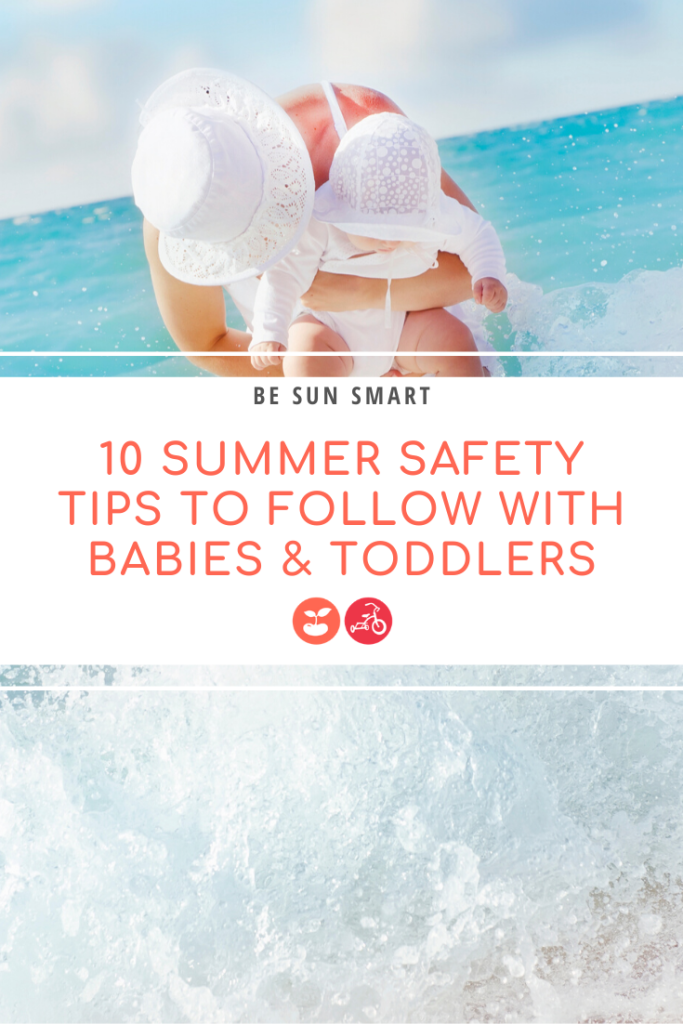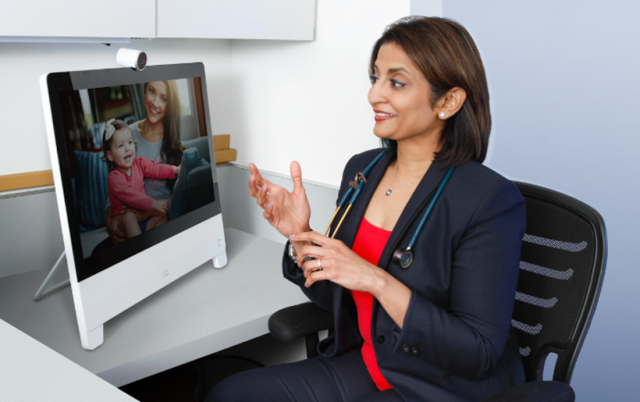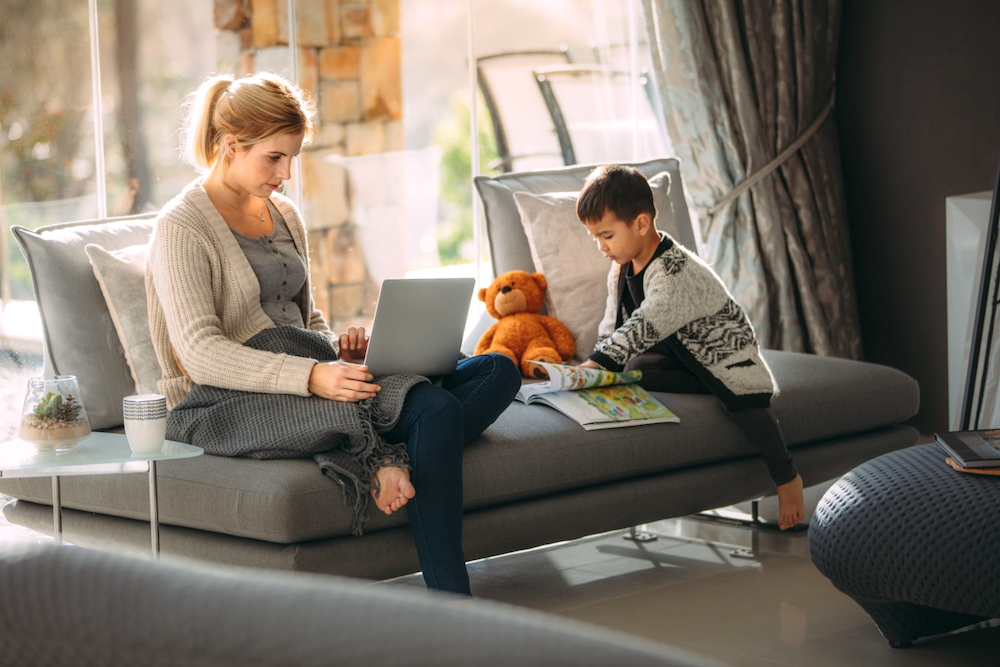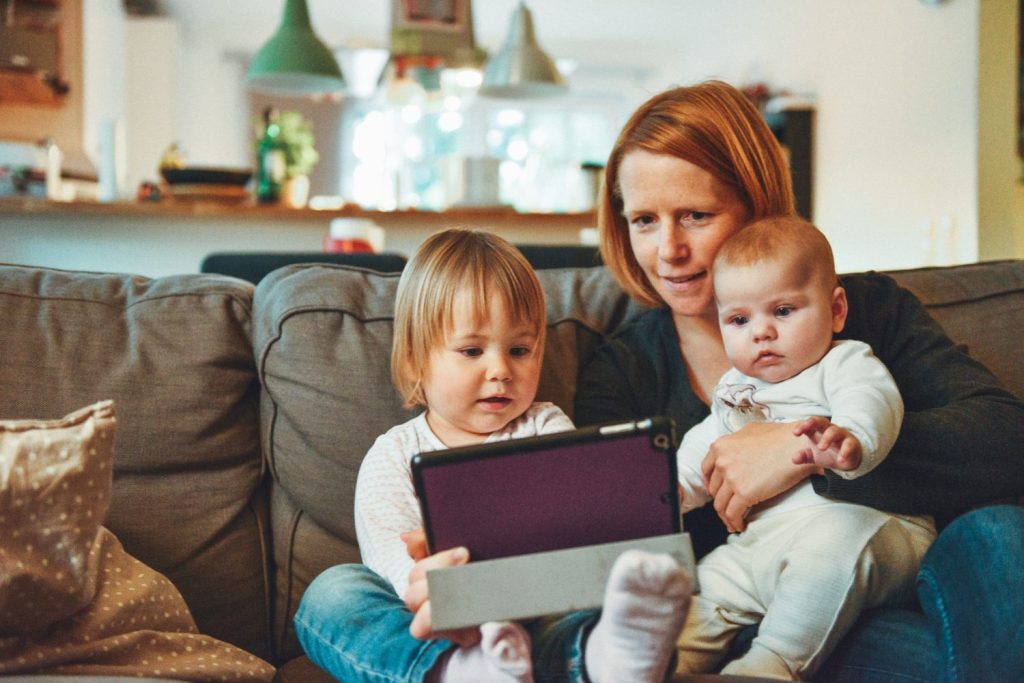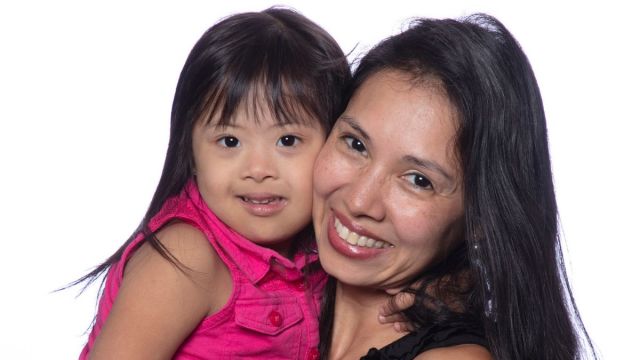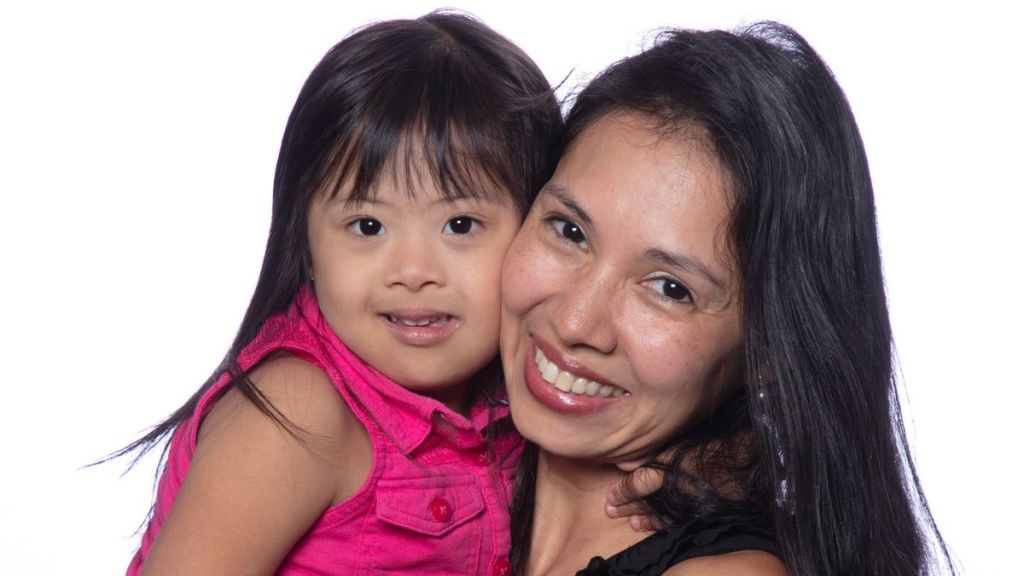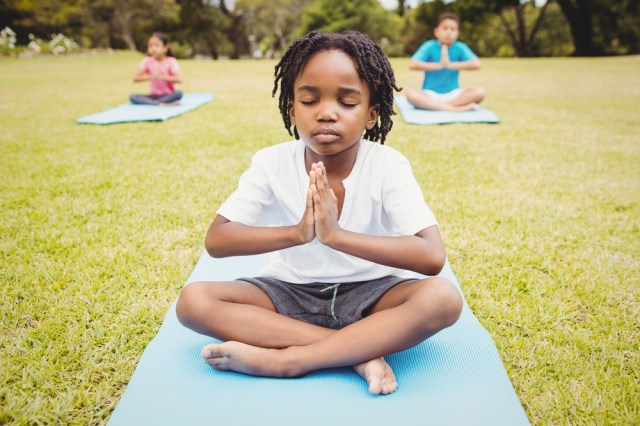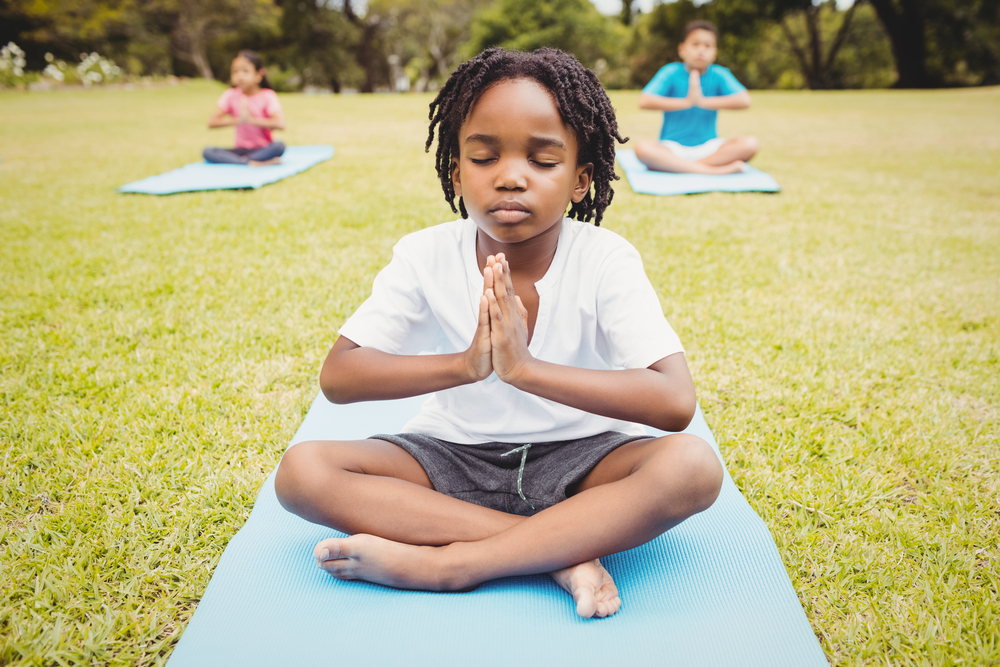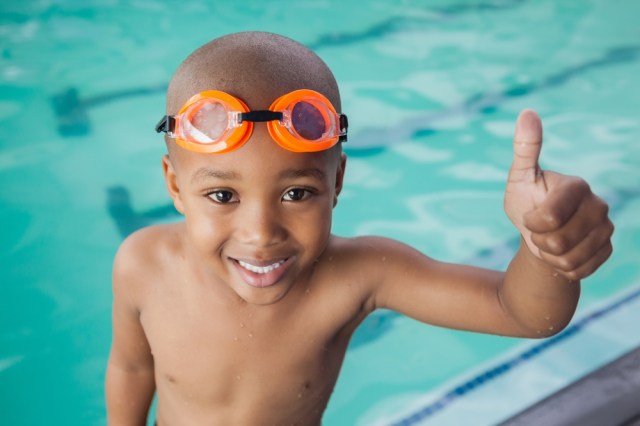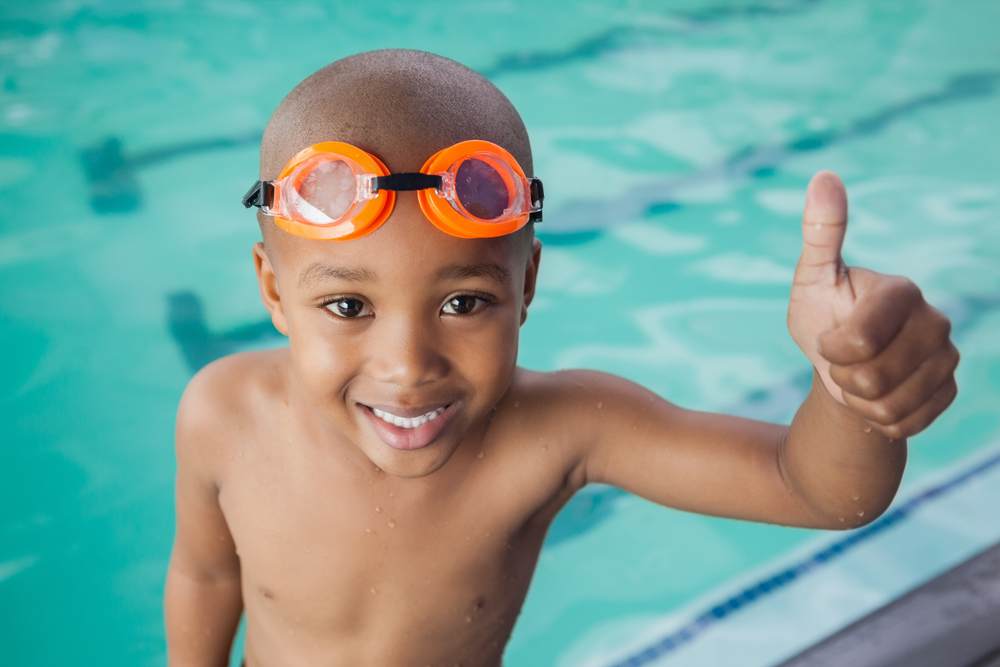We know most kids would rather stick to their beloved pizza and chicky-nuggies on a daily basis than touch anything green. Instead of trying to fight a losing battle over all their “yucks”, how about trying something you’ll both love that supplements their diet with an infusion of goodness—yes, it does exist! ChildLife® Essentials is the first complete line of premium nutritional supplements made especially for infants and kids. The entire line of supplements was developed by a holistic pediatrician, because who better to understand what kids need? Read on to learn more about ChildLife® Essentials!
For a limited time, ChildLife® Essentials is offering 10% off for Red Tricycle Subscribers! Use Code REDTRICYCLE10 (Expires 12/21/2020, US residents only)
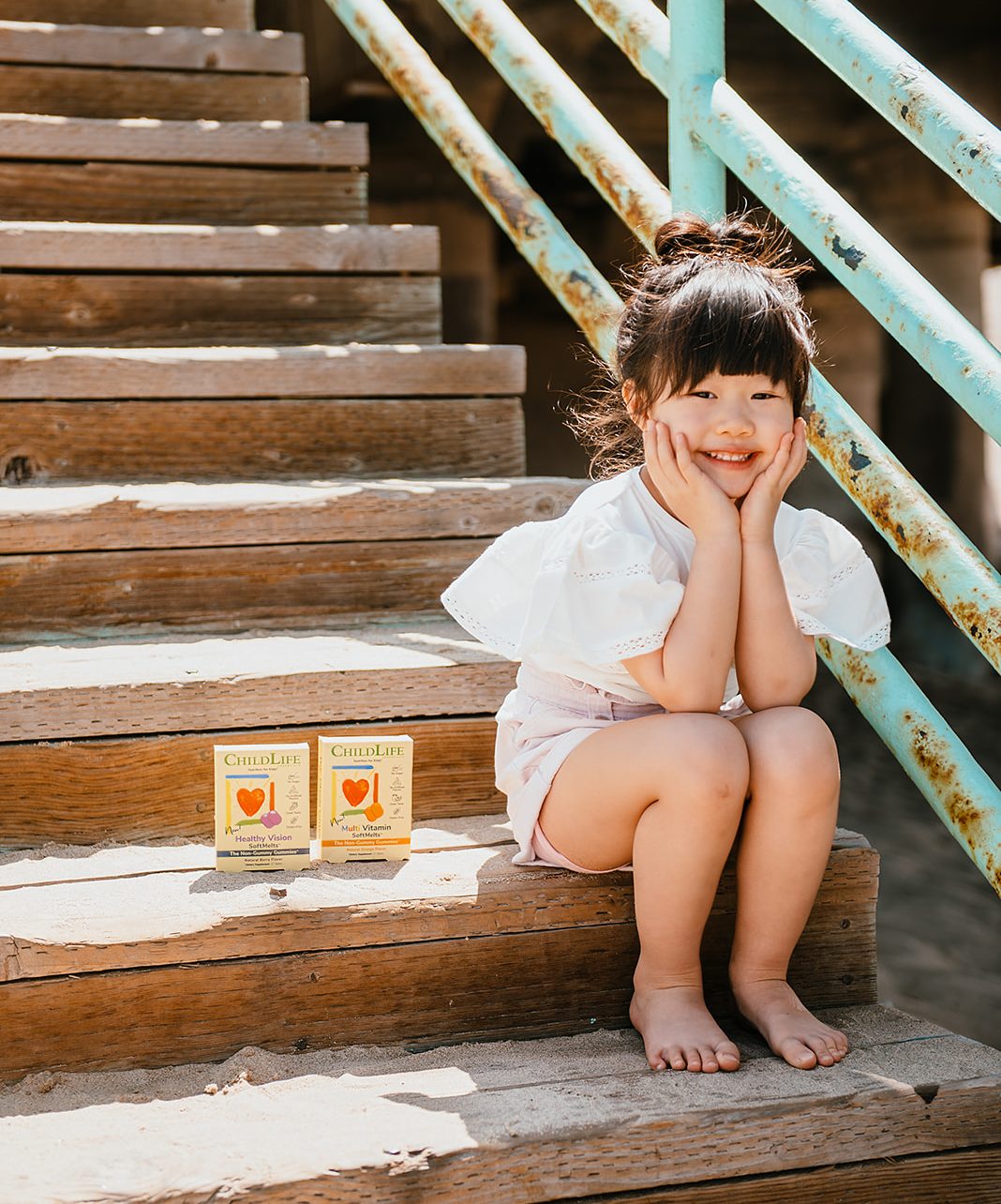
How It Started
ChildLife® Essentials was created and developed by world-renowned holistic pediatrician Dr. Murray Clarke. He’s been a pioneer in holistic pediatrics, treating difficult conditions in babies and children for over 20 years.
Dr. Clarke saw there was a lack of high-quality supplements that were geared towards babies and children. This inspired Dr. Clarke to create his own formulas specifically targeting the unique needs of children—both nutritional needs and flavors they’ll love—without the high levels of toxins.
“In the last 30, 40 years, our whole environment has changed. The mineral content of our fruits and veggies has shifted, we have more processed and junk foods, we have an environment that’s adding a toxic burden to children that no other generation has ever faced. All of those things mean that a child growing up in today’s world needs a lot more support, and even if a child is eating perfectly, they might still not be getting everything they need.”—Dr. Murray Clarke, Founder & President of ChildLife® Essentials
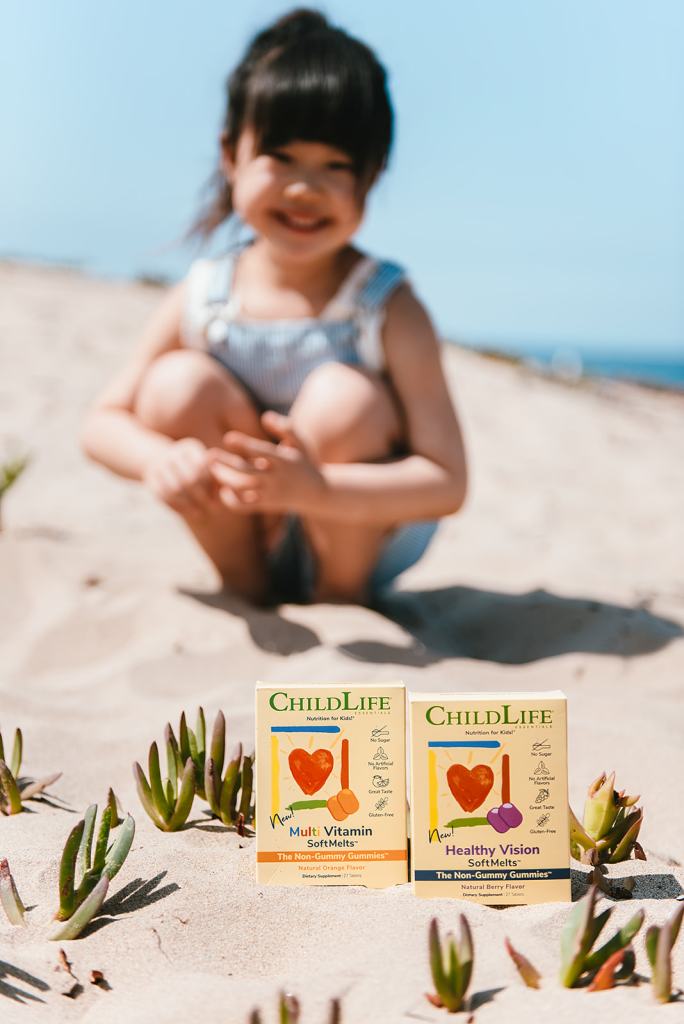
What’s Inside (And What’s Not)
ChildLife® Essentials complete line of products are sugar-free, gluten-free and never made with artificial colors, flavors, or sweeteners—none of those “yucks” for moms and dads!
They come in a few different forms like SoftMelts™, powder and gel caps, and gummies, but most of them are liquid. Why liquid form? It allows for more nutrient-packing power in each does and liquid tends to be better absorbed by the body. Bonus: it’s great for picky eaters and infants since you can mix it with anything and they are none the wiser.
For a limited time, ChildLife® Essentials is offering 10% off for Red Tricycle Subscribers! Use Code REDTRICYCLE10 (Expires 12/21/2020, US residents only)

Health Benefits & Safety
Only the highest quality, most pure, potent and natural ingredients sourced from around the world are included in ChildLife® Essentials vitamins. They go above and beyond safety standards, testing products by third-party labs to ensure they are safe and some of the best nutritional supplements on the market for kids.
ChildLife® Essentials were made to provide children with the vitamins and minerals they may be lacking from their everyday diet, helping create a strong foundation for health in their early years. The benefits of some of their supplements include environmental protection and detoxification, brain development, physical growth and immune support and so much more.
Learn more about ChildLife® Essentials’ products here!
For a limited time, ChildLife® Essentials is offering 10% off for Red Tricycle Subscribers! Use Code REDTRICYCLE10 (Expires 12/21/2020, US residents only)
Disclaimer: These statements have not been evaluated by the Food and Drug Administration. This product is not intended to diagnose, treat, cure or prevent any disease.
—Jamie Aderski
